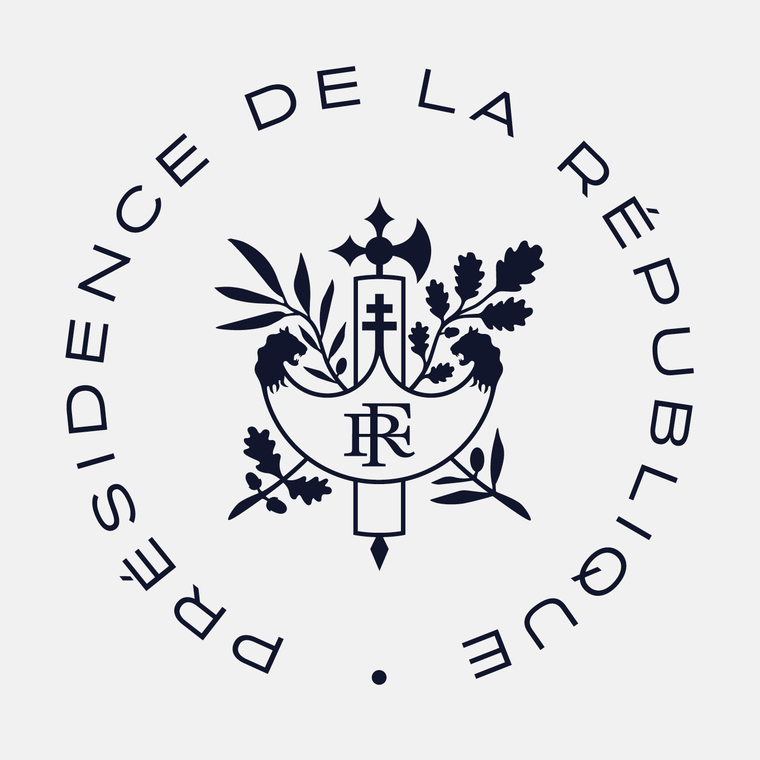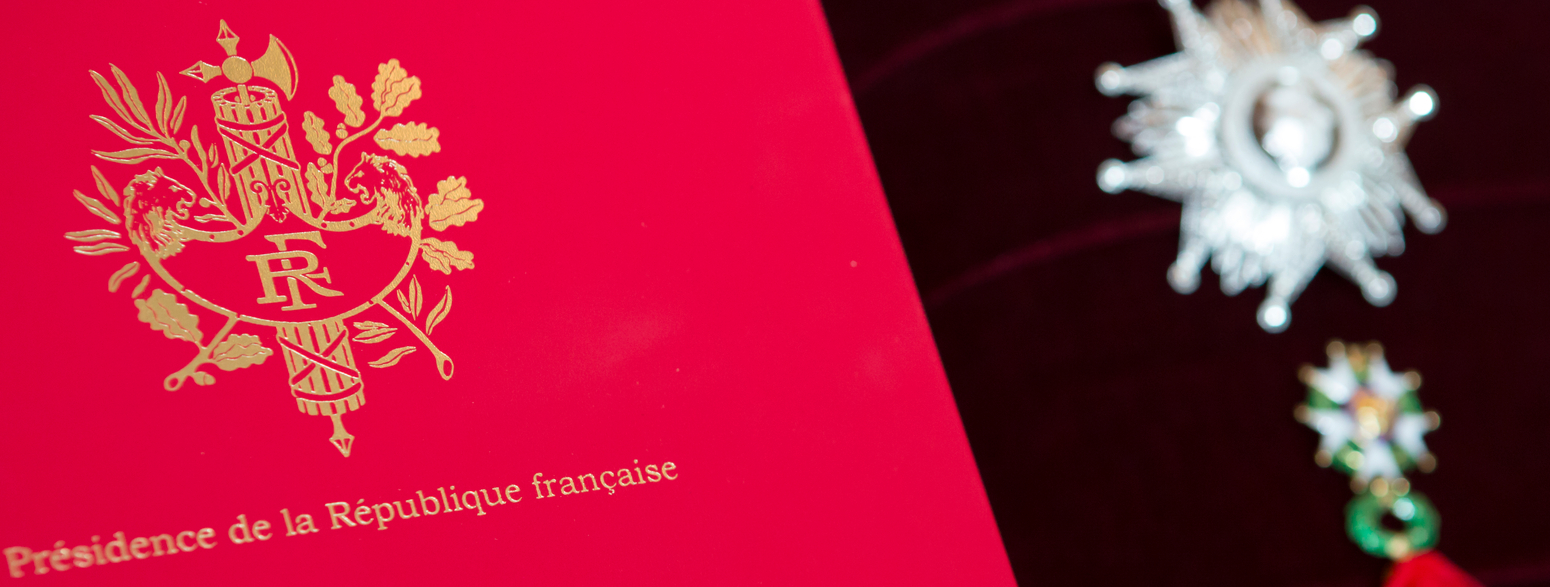Description
The central part of the pattern represents fasces, made up of bundles of long, thin branches strapped around an axe.
The fasces are covered with a shield engraved with the initials RF (French Republic). Oak and olive branches surround the pattern. The oak symbolizes justice, and the olive peace.
The lictor’s fasces is an emblem which is very often used to represent the French Republic, although today it holds no official status.

A little history...
The fasces are made up of bundles of long, thin branches strapped around an axe. In ancient Rome, these fasces were carried by lictors, officers who served magistrates and executed their sentences.
The French Revolution reinterpreted this symbol: the fasces now represent the union and strength of French citizens united to defend Liberty. In 1790, the National Constituent Assembly established these “antique fasces” as the new symbol of France.
When the monarchy fell, the lictor’s fasces became one of the symbols of the “one and indivisible” French Republic (like a fasces). It was used on the seal of the First Republic and then that of the Second Republic, which is still used today.
In 1913, the French Ministry of Foreign Affairs adopted for diplomatic and consular posts abroad an emblem inspired by a model which appeared on the crossguards of swords and the buttons of the diplomatic uniform. The drawing represents a lictor’s fasces surmounted on an axe and covered by a shield engraved with the initials RF (French Republic), and oak and olive branches surrounding the pattern. The oak symbolized justice, and the olive peace.
The creation and growth of the United Nations made it more important for the French Republic to be symbolized by an emblem. When the United Nations Assembly Hall was built in New York, each country had to be represented by a seal. In 1953, a committee met at the French Ministry of Foreign Affairs to define the emblem which would represent France at the United Nations Assembly Hall in New York.
The committee selected the entry by artist Robert Louis, described as follows: “Azure, a lictor’s fasces palewise upon two branches, of oak and of laurel, crossed in saltire, all or, surmounted by a ribbon of the same charged with the motto in letters sable: Liberté, Égalité, Fraternité.
President Giscard d’Estaing used this pattern - a lictor’s fasces surmounted on an axe and surrounded by a laurel wreath - as his personal emblem.
See the other symbols of the French Republic

Updated : 15 December 2022
